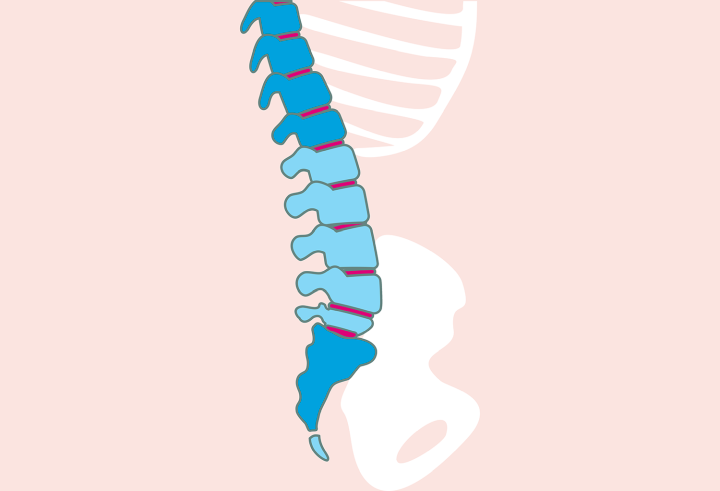To provide services at the highest level, we use cookies. Using the website requires you to choose settings related to their storage on your device. If you want to know what each type of cookie is used for, click the Details button below.
Loss of lumbar lordosis – symptoms, causes, treatment 4 lutego 2021 |

Lumbar lordosis reduction is a condition in which the natural curvature in the lumbar spine, known as lordosis, is decreased or flattened, resulting in a loss of this curve.
Reduced lumbar lordosis can be caused by various factors. Among them are poor muscle and fascial condition, obesity, improper body posture, spinal injuries, congenital anatomical defects, or conditions such as ankylosing spondylitis.
Reduced lumbar lordosis can be managed and improved through various methods, such as physical therapy, muscle-strengthening exercises, corrective posture techniques, avoiding detrimental factors, and providing proper support for the spine.
Reduced lumbar lordosis can lead to back pain, muscle strain, spinal dysfunction, and other postural problems. If not properly managed, it can result in long-term complications and a decline in quality of life.
In the case of reduced lumbar lordosis, it is recommended to sleep on a medium-firm mattress with a stable base. High-density mattresses with memory foam as the second layer are best for the spine. It is also advisable to use orthopedic pillows and avoid improper sleeping positions.
| Thank you for adding a comment! |